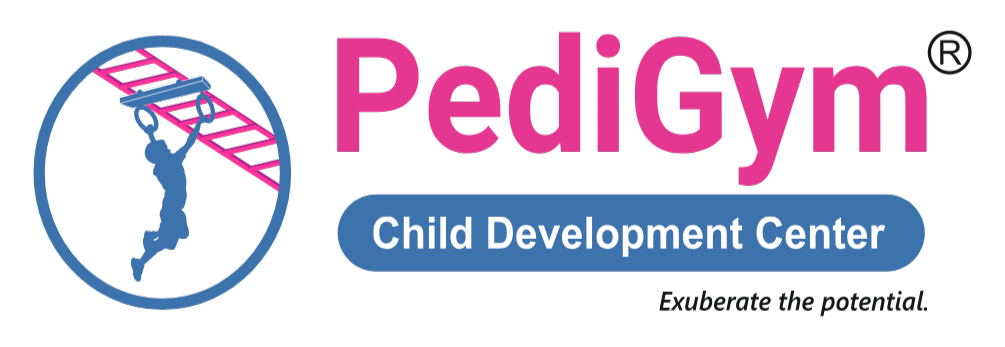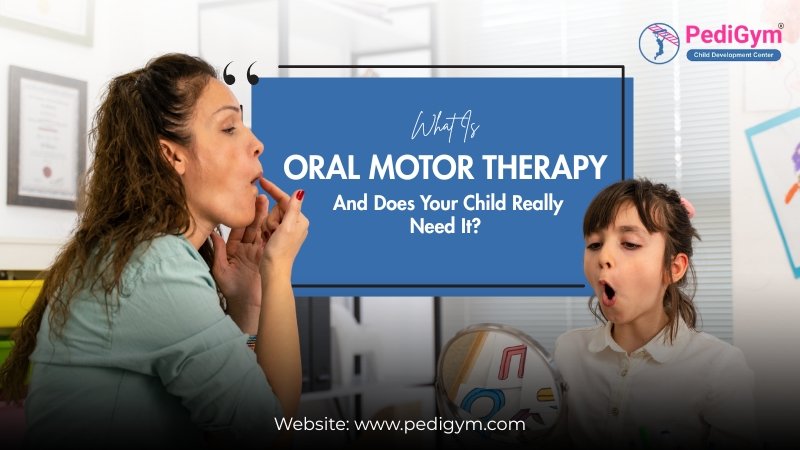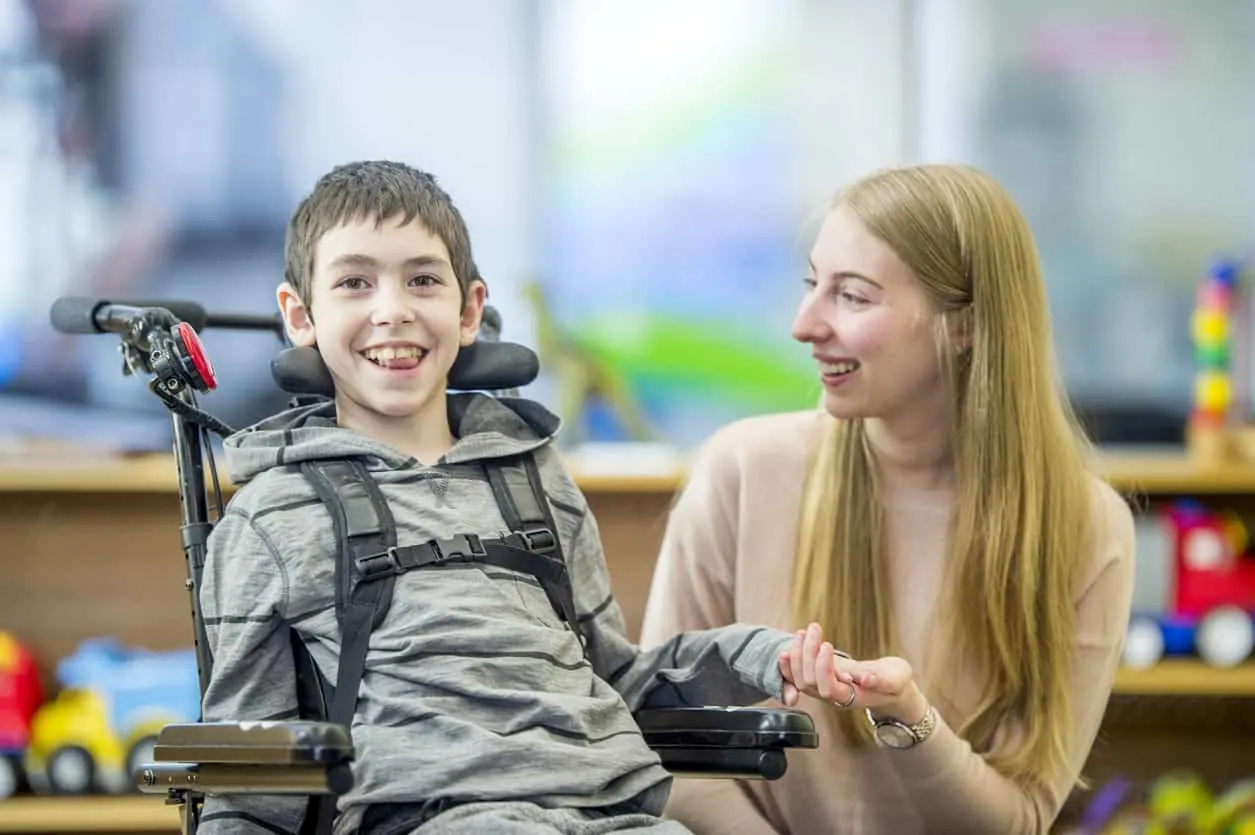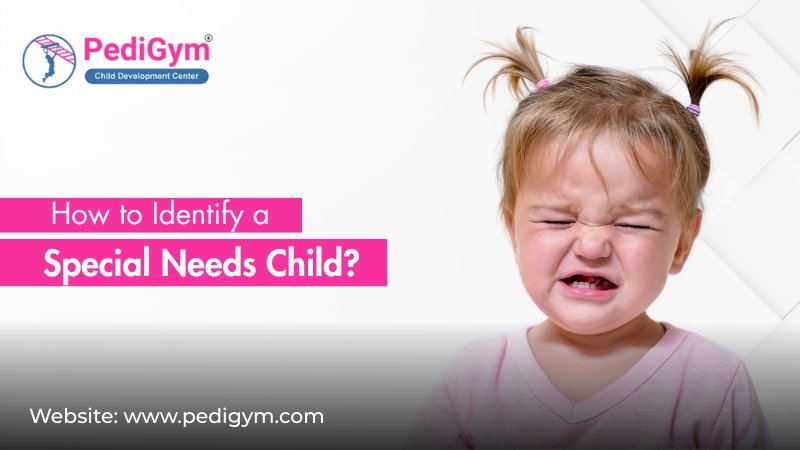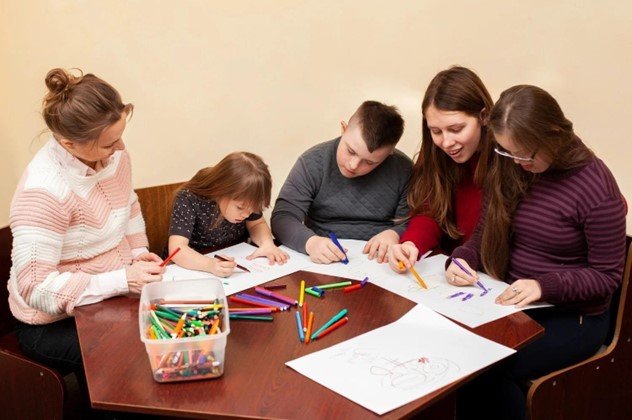Oral motor therapy is a specialized approach often used by speech-language pathologists to help children strengthen and coordinate the muscles of the mouth, lips, tongue, and jaw. These muscles play a vital role in clear speech, feeding, and swallowing. Through targeted exercises, playful activities, and guided practice, oral motor therapy helps improve how these muscles move and work together.
For some children—especially those with low muscle tone, motor planning challenges, or specific feeding difficulties—this therapy can make a meaningful difference. However, it’s important to note that oral motor therapy isn’t necessary or effective for every child with speech or articulation issues. Understanding when and why it’s used can help parents make informed decisions about their child’s care. By learning more about the purpose and potential benefits of this therapy as part of speech therapy for children, families can choose the most appropriate path for their child’s speech and feeding development.
What Is Oral Motor Therapy?
Oral Motor Therapy is a specialized therapeutic approach used by speech-language pathologists (SLPs) to help children gain control, strength, and coordination in the muscles responsible for speech and feeding. It includes a series of oral motor exercises designed to improve:
- Tongue strength and range of motion
- Lip closure and pressure control
- Jaw stability and endurance
- Breath support and coordination
These improvements help children produce clearer sounds, manage food textures safely, and control saliva — skills that are vital for confident communication and proper nutrition.
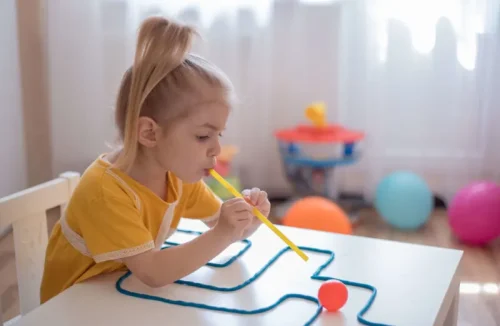
Why Oral Motor Skills Are So Important?
Strong oral motor skills affect much more than just speech clarity. They also impact a child’s ability to:
- Eat and swallow efficiently (preventing choking or gagging)
- Use proper tongue placement for sounds like “t,” “d,” “k,” and “g”
- Maintain jaw stability for chewing and articulation
- Regulate drooling and saliva control
- Develop facial symmetry and expression
Without well-developed oral motor skills, even simple activities like drinking from a straw or blowing out birthday candles can be frustrating.
What Causes Oral Motor Difficulties?
Oral motor difficulties can develop from various developmental or neurological factors that affect how the mouth, tongue, and jaw muscles move and coordinate.
- Premature birth or low muscle tone (hypotonia): May delay the development of essential oral motor skills for sucking, swallowing, and early speech.
- Developmental delays: Slower growth in fine motor coordination can impact speech clarity and feeding ability.
- Neurological conditions (such as cerebral palsy or Down syndrome): These can affect muscle control and coordination, leading to long-term oral motor difficulties.
- Sensory processing disorders: Children who are overly or under-sensitive to touch in the mouth may struggle with textures, chewing, or oral awareness.
- Prolonged bottle or pacifier use: Extended use can interfere with jaw and tongue development.
- Limited oral exploration in early years: Less chewing or mouthing play may slow oral motor skill development.
Understanding the cause helps therapists create a targeted oral therapy plan tailored to your child’s unique needs.
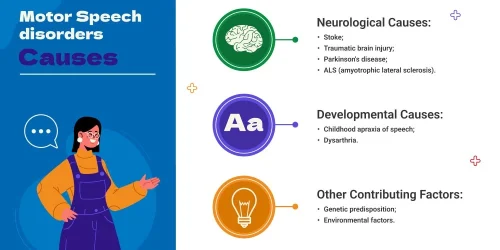
How Oral Motor Therapy Works?
A trained speech-language pathologist evaluates how your child moves and coordinates their mouth muscles during speech and feeding. Based on this, they design individualized oral motor exercises that may include:
- Tongue Exercises:
- Moving the tongue up, down, and side to side
- Touching the tongue tip to the alveolar ridge (just behind upper teeth)
- Strengthening the tongue for better sound articulation
- Lip Exercises:
- Blowing whistles, bubbles, or pinwheels
- Holding straws or tongue depressors between lips
- Practicing exaggerated smiles and puckers
- Jaw Exercises:
- Chewing on chewy tubes or resistive foods
- Practicing “open-close” mouth patterns for control
- Stability work using jaw grading exercises
- Breath Control Activities:
- Blowing through straws or across paper to move lightweight objects
- Practicing sustained exhalation for sound production
Each activity is fun and interactive, often disguised as play so children stay engaged while developing crucial skills.
Oral Motor Exercises for Speech Development
Oral motor exercises for speech are specifically designed to target the movements needed to produce clear and consistent sounds. For example:
- To improve the “L” sound, children may lift their tongues to the roof of their mouths.
- To pronounce “P” and “B,” lip-strengthening exercises help achieve full closure.
- Blowing, humming, or sucking activities enhance air pressure control for fluent speech.
Regular practice helps the mouth muscles “remember” these movements, resulting in improved pronunciation and smoother speech patterns over time.
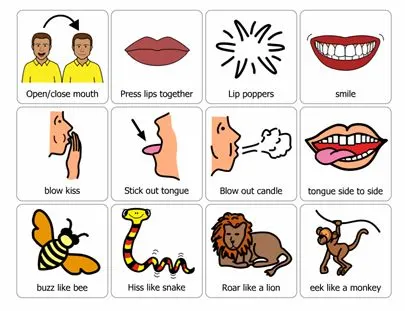
How to Improve Oral Motor Skills at Home?
While professional therapy provides structure, parents can help improve oral motor skills through everyday play and routines:
- Encourage chewing on varied textures (crunchy fruits, chewy snacks).
- Play blowing games like bubbles, whistles, or pinwheels.
- Make funny faces — smile, pucker, and stick out the tongue for fun workouts.
- Use a mirror for self-awareness during speech practice.
- Read aloud together, emphasizing sound clarity and repetition.
Consistency and patience are key — these fun routines build strength and coordination naturally.
Signs Your Child Might Need Oral Motor Therapy
Consider an evaluation if your child:
- Has difficulty chewing or swallowing certain foods
- Drools excessively beyond toddler age
- Avoids foods with specific textures
- Struggles to blow, suck, or use a straw
- Has unclear or inconsistent speech
- Appears to tire easily while speaking or eating
A speech-language pathologist can assess whether these challenges stem from oral motor difficulties and recommend the best course of action.
Benefits of Oral Motor Therapy
Oral Therapy provides lasting improvements in how children speak, eat, and interact. By strengthening the muscles of the mouth, tongue, and jaw, therapy helps children gain control, confidence, and independence in daily activities.
Improved speech clarity and articulation
Targeted oral motor exercises for speech help children move their lips and tongue more accurately, leading to clearer, more confident communication.
Better chewing and swallowing coordination
Therapy enhances muscle strength and timing, allowing children to manage different food textures safely and comfortably.
Stronger lips, tongue, and jaw control
Building coordination and endurance in these muscles supports both speech and feeding development.
Enhanced breath support
Improved control of breathing helps children speak in longer, smoother sentences with better fluency.
Increased confidence and social participation
As speech and feeding skills improve, children often feel more comfortable expressing themselves in social and learning environments.
Over time, children not only speak more clearly but also eat, smile, and communicate with greater ease and confidence.
Does Every Child Need Oral Motor Therapy?
Not necessarily. Some children with speech delays improve through articulation or phonological therapy alone. However, if the root cause of speech or feeding issues is muscle weakness or poor coordination, Motor Therapy can be a vital foundation. It’s best to have a certified therapist assess your child’s specific needs — they can determine if oral motor exercises should be part of their treatment plan.
Final Thoughts
At Pedigym, we believe every child deserves the tools and confidence to communicate clearly and enjoy mealtime with ease. Our certified therapists use evidence-based Oral Motor techniques to strengthen muscles, enhance coordination, and make progress fun and rewarding. If you’re wondering how to improve oral motor skills or whether your child needs therapy, our child development center in Faridabad is here to help guide you every step of the way.
